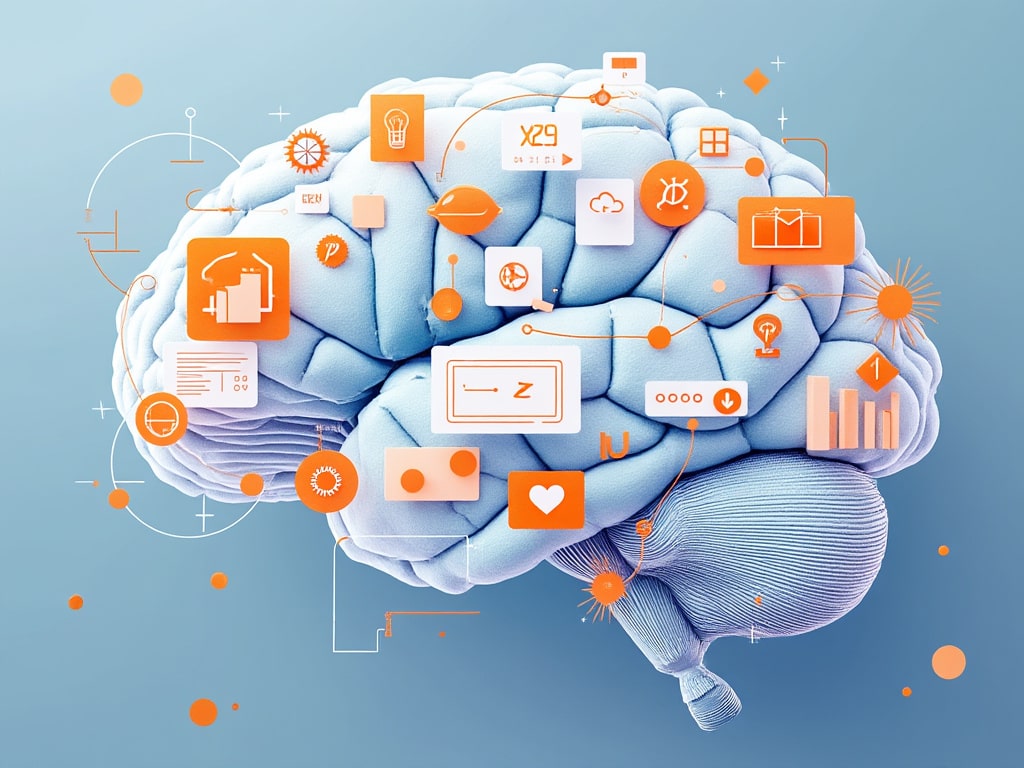In a compelling episode on Chris Williamson’s popular YouTube channel, Modern Wisdom, viewers were introduced to Dry Creek Dewayne—a cowboy, educator, and founder of the Dry Creek Wrangler School. Known for his down-to-earth philosophy and profound life lessons, Dewayne shared insights on topics ranging from relationships and personal growth to finding balance in a fast-paced world. His unique perspective, shaped by years of working with horses and navigating life’s challenges, provides a refreshing alternative to the high-pressure hustle culture that dominates modern narratives. Through his engaging conversation with Chris, Dewayne offers a blueprint for achieving fulfillment and living with purpose.
In a world dominated by hustle culture, where success is often equated with relentless effort and sleepless nights, Dry Creek Dewayne presents an alternative perspective. As a cowboy, educator, and founder of Dry Creek Wrangler School, Dewayne Noel emphasizes the importance of balance, self-awareness, and human connection. His life, rooted in traditional values and cowboy wisdom, offers lessons that resonate with modern audiences.
The Journey to Cowboy Life
Dewayne’s path to becoming a cowboy was unconventional. Raised in a close-knit, rural Kentucky family, he nurtured a childhood dream of wrangling and horsemanship. Despite initial obstacles, including a stint in a furniture factory, he pursued his passion by taking a leap of faith, traveling to Idaho to work for free in exchange for hands-on training.
This bold decision set the stage for his transformation into a respected cowboy and mentor. Along the way, Dewayne learned that true success isn’t about material gain but about chasing dreams and embracing life’s unpredictability.
Lessons in Balance and Patience
A recurring theme in Dewayne’s philosophy is balance. He challenges the hustle culture’s extremes, advocating for a middle ground where hard work coexists with moments of reflection and relaxation. He believes young men, in particular, need to learn the art of being present—whether it’s through smoking a cigar on the porch or reading Marcus Aurelius.
This philosophy extends to his work with horses, where Dewayne has discovered profound parallels between managing animals and managing emotions. Horses, he notes, reflect human energy, teaching the importance of calmness and self-regulation.
Navigating Relationships and Fatherhood
One of the most significant challenges Dewayne sees in modern society is the erosion of strong, guiding figures, particularly fathers. He emphasizes the critical role fathers play in shaping future generations, advocating for discipline, honesty, and unwavering support.
In his personal life, Dewayne implemented a unique approach to parenting, particularly with his daughters’ relationships. By setting firm boundaries and expecting potential suitors to demonstrate maturity, he ensured his daughters entered relationships with strong, dependable partners.
Finding Success in the Mundane
Dewayne champions the beauty of small victories and mundane successes. From refraining from reacting in anger to building stronger connections with loved ones, he believes these understated achievements form the foundation of a fulfilling life.
His teaching style at the Dry Creek Wrangler School mirrors this belief. While the program is ostensibly about horsemanship, its deeper goal is to instill life lessons that help students navigate challenges with resilience and grace.
A Call for Simplicity
Dewayne’s story is a reminder to pause, reflect, and embrace the simplicity of life. Whether it’s learning from a horse’s behavior or cherishing a quiet day with family, his insights inspire a shift away from external validation toward internal fulfillment.
For those seeking to realign their priorities, Dewayne’s modern cowboy wisdom offers a roadmap: chase your dreams, find balance, and strive to leave the world—and the people around you—a little better than you found them.





